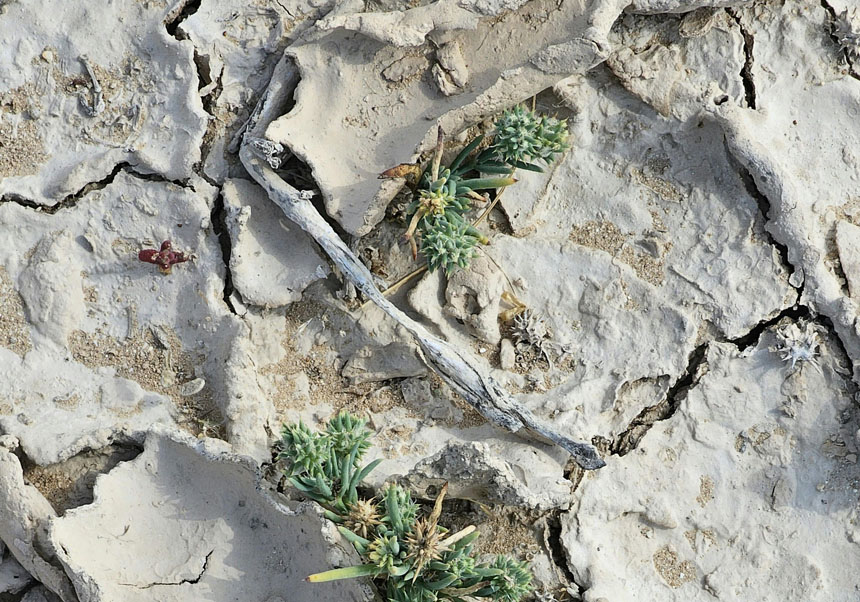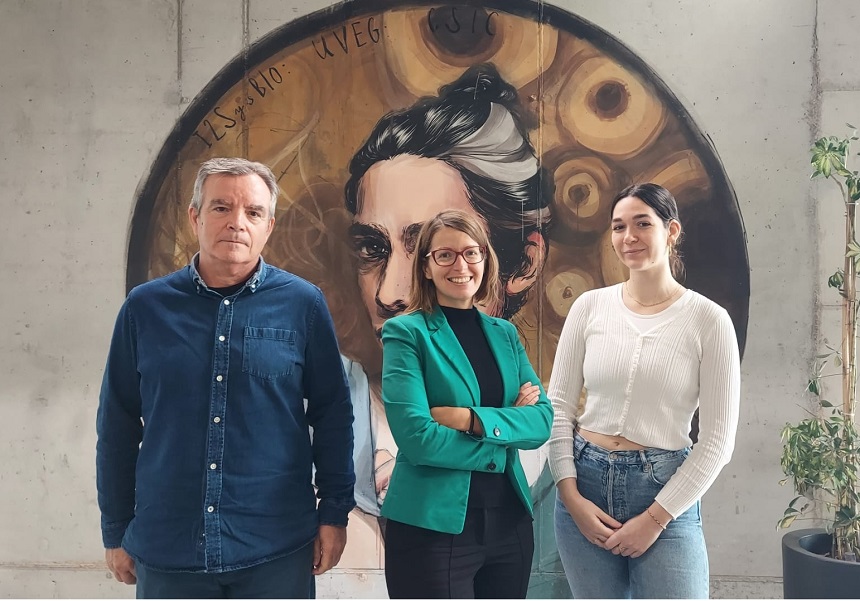A conference at the University of Valencia analyses the global threat of soil salinity
- Scientific Culture and Innovation Unit
- May 27th, 2024

A joint meeting of the International Network of Salt-Affected Soils (INSAS) and the COST Action on the Sustainable Use of Salt-Affected Lands (SUSTAIN) is being held at the Faculty of Geography and History of the University de Valencia to analyse the threats of salinity in soils. The event, taking place from Monday 27 May to Friday 31 May, includes both in-person and remote participation from specialists from 39 countries across five continents.
The event commenced on Monday with a workshop on salinised soils and their management. On Tuesday, there will be technical sessions by INSAS and SUSTAIN. Wednesday 29 will focus on training regarding saline soils and halophytes. On the last two days, Thursday and Friday, there will be field visits. This third edition of the meeting in Valencia aims to address the global threats of soil salinity and foster stronger connections between science, politics and the agricultural sector. Lecturers Jorge Batlle, Artemi Cerdá and Gerardo Stübing, from the University of Valencia, are part of the organising committee.
Among the world’s diversity of soils, salt-affected soils have a distinctive specificity. Many are primary or naturally saline soils, ranging from mangroves, marshes and coastal wetlands to inland salt flats and ancient seabeds, all of which host unique ecosystems adapted to extreme salinity conditions. Their resilience significantly contributes to global biodiversity and offers fascinating insights into the adaptive capacity of life. Studying these environments not only enriches our understanding of nature but also promises to unlock the keys for adapting to future scenarios that are essential for maintaining crops in saline conditions and ensuring food security for the world’s growing population.
However, as the global population grows exponentially and living standards improve, pressure to convert once marginal land into fertile land intensifies. This phenomenon is particularly pronounced in arid and semi-arid regions, which depend heavily on irrigation for agricultural production and have limited freshwater resources. As a result, secondary salinisation (the gradual, human-induced accumulation of salts in the soil) is a serious constraint to agricultural production. The situation is expected to worsen with the increasing effects of global warming and climate change, forcing populations to abandon degraded areas and triggering migration.
Categories: Investigació a la UV , Facultat de Geografia i Història , Internacionalització recerca , Grups de recerca , Difusió i comunicació científica , Recerca, innovació i transferència



















